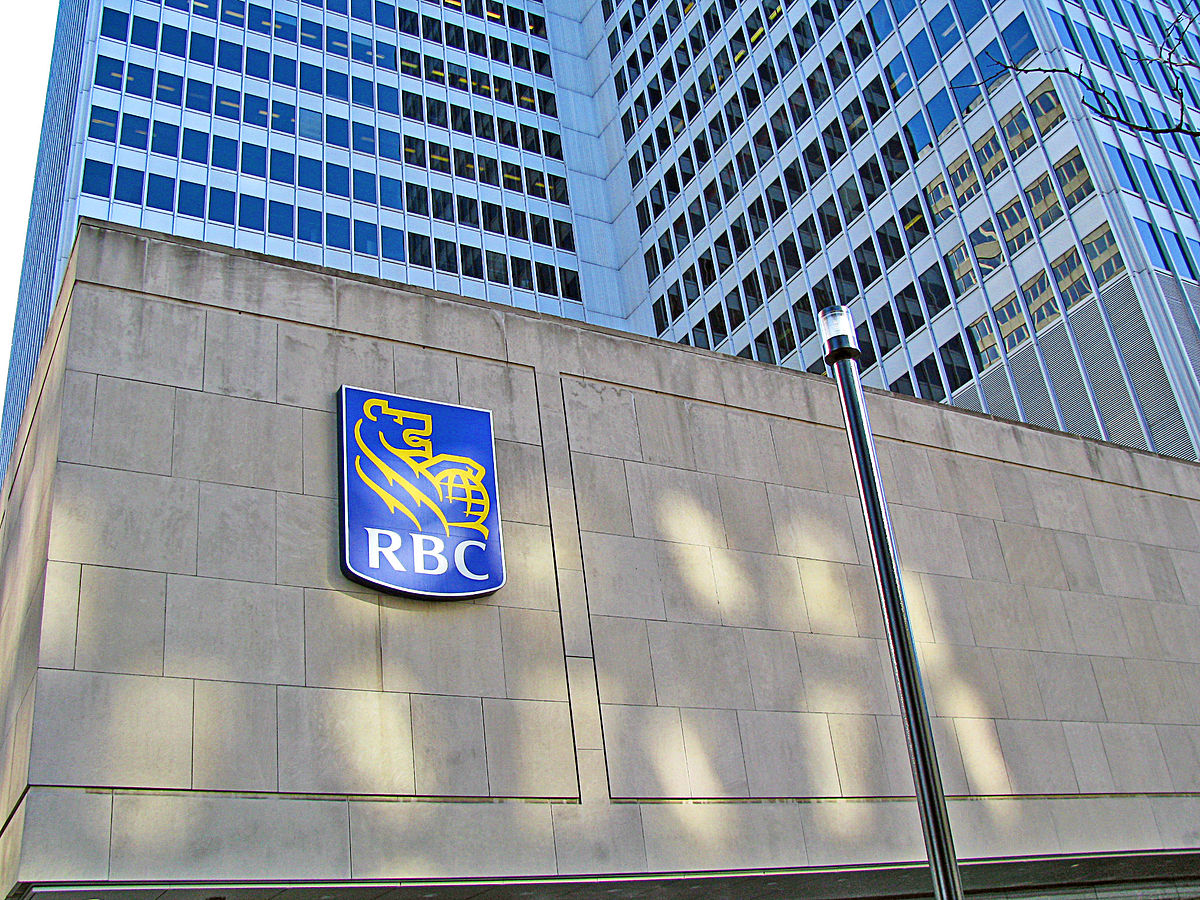Business and Economy
Banks defy sluggish economy, but analysts question whether it can last

Royal Bank of Canada, one of the six largest lenders in Canada.
(Photo from Wikipedia)
TORONTO—Canada’s six biggest banks saw their profits climb higher over the past year, despite a sluggish economy, a slowdown in consumer borrowing and rock-bottom interest rates, but some analysts are questioning whether the trend will last.
Combined, the six largest lenders—Royal Bank, TD Bank, Scotiabank, the Bank of Montreal, CIBC and National Bank—earned $34.88 billion in net income during fiscal 2015, up almost five per cent from .
27 billion last year.
In revenue, the banks raked in a combined $129.79 billion during the past year, up from $124.72 billion in 2014.
Banking analysts have been warning since late last year that the sharp decline in the price of crude could lead to higher loan losses for the banks as oilpatch companies and laid-off workers may struggle to repay their debts.
Concerns have also been swirling that lending growth will slow as overburdened Canadians are becoming hesitant to take on more debt, and that low interest rates will put pressure on the banks’ lending margins.
Nonetheless, the banks have continued to report strong, and in some cases record-high, results.
During Royal Bank’s fourth-quarter conference call Wednesday, CEO David McKay said the bank’s $10.03 billion in net income for the year marks a new record for Canadian companies.
The CEO of TD Bank, which wrapped up the earnings parade on Thursday, emphasized that the company is positioned for growth even if oil prices remain depressed and the economy continues to lag.
“We’re adapting to the environment as we have done many, many times before,” Bharat Masrani said during TD’s quarterly conference call, highlighting recent efforts to take costs out of its business.
Slashing cost—for example, by reducing the number of full-time staff and digitizing certain functions such as document processing—was a key theme highlighted by all of the banks as they wrapped up the fiscal year, many of them recording restructuring charges.
But despite seemingly strong headline earnings results—the six banks had $8.61 billion in collective profits during the quarter, up from $7.73 billion a year ago—analysts say they have spotted a number of troubling trends.
Several of the lenders, including TD, CIBC and RBC, reported that the rate of delinquent loans, where the borrower is late on a payment, has begun to tick higher in categories such as auto loans and credit cards in Western Canada. Those types of loans are usually the first to show signs of economic stress.
“We continue to monitor our exposure in the oil provinces across all retail lending and remain cautious, given that we are seeing increases in unemployment claims,” said CIBC’s chief risk officer Laura Dottori-Attanasio during the company’s conference call Thursday.
Others, including Scotiabank, have seen impaired loans—which are debts that are unlikely to be repaid in full—to the oilpatch tick higher.
So far, the credit troubles are manageable for the banks, comprising only a tiny portion of their loan books.
But analysts caution that the institutions are increasingly relying on one-time items such as favourable tax gains, legal settlements or the sale of a business to deliver on earnings expectations.
“It wouldn’t be fair to characterize it as a disaster, but the earnings quality is clearly deteriorating,” said Edward Jones analyst Jim Shanahan, calling such one-time gains unsustainable.
“I think it will be more difficult for these banks to achieve these results next quarter.”





















